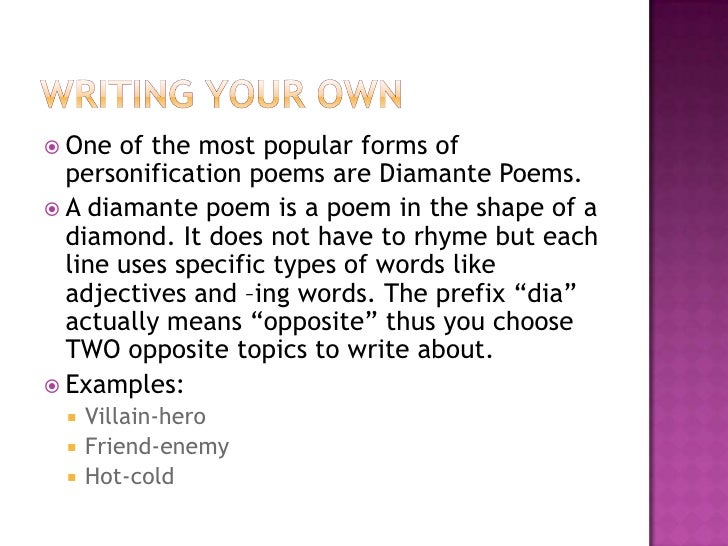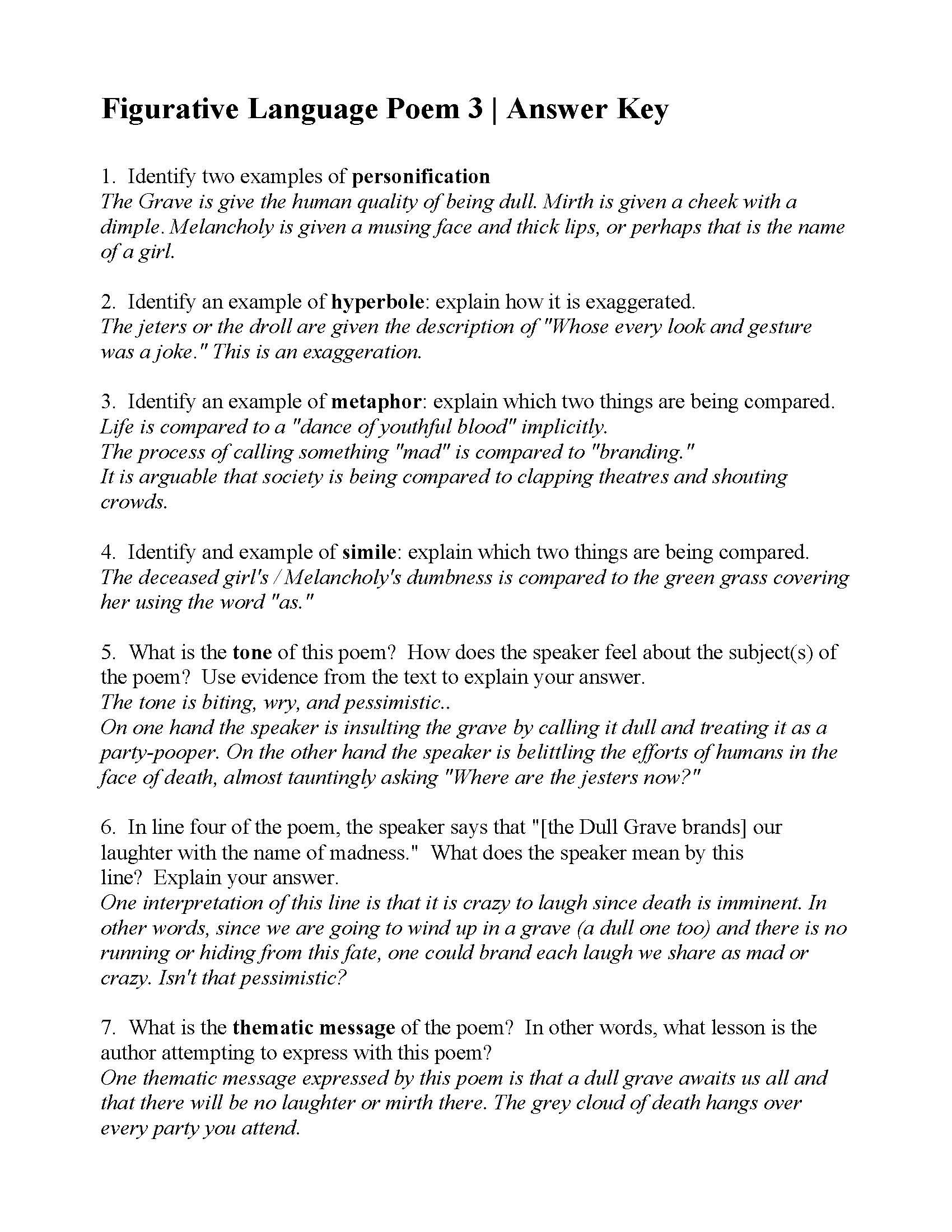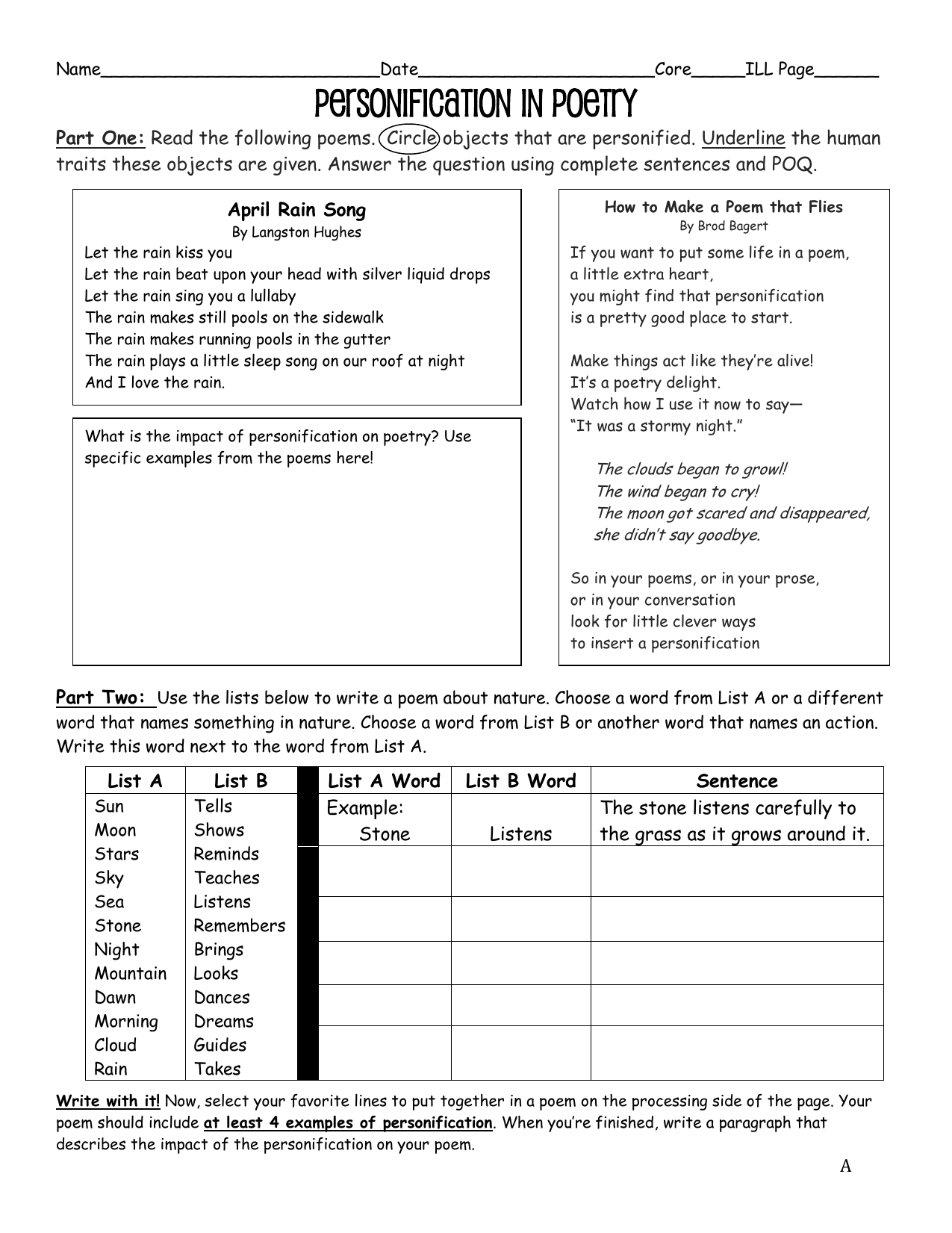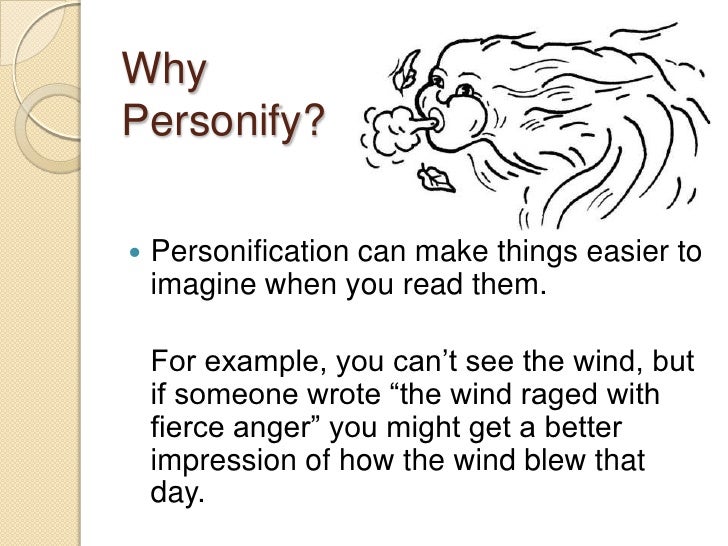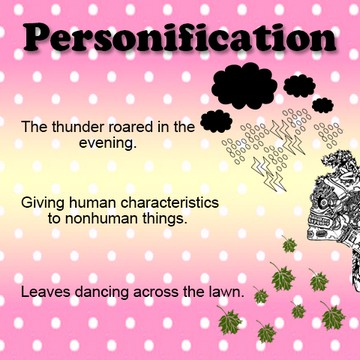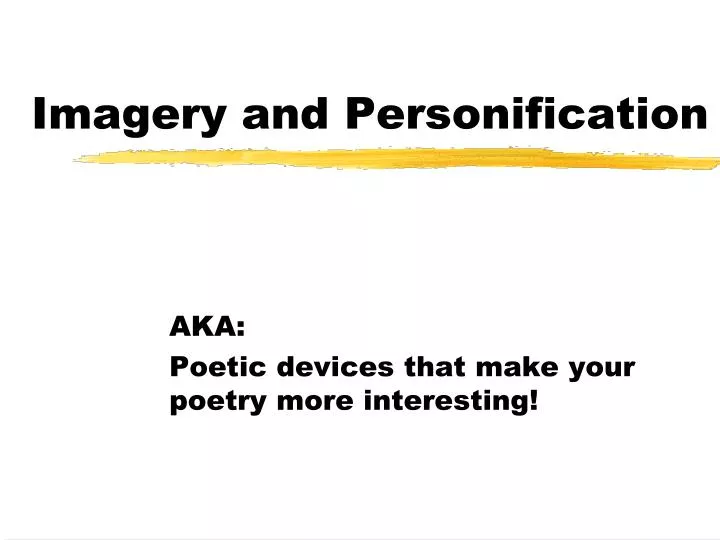Used right, they might give your writing a whole new angle, aside from assisting you in compare, emphasize or clarify specific thoughts. You should know every type so that you can employ them in your work.
Metaphor. Metaphors is a figure of speech expressed by comparing a pair of things, saying that you could be the other. This is a comparison of certain things that avoid using "like" or "as." Its successful because of the very indirect manner through which it communicates its message, provided all of your writing is capably assembled (with the aid of an extensive writing software).
Simile. Like metaphors, they assist you to compare unlike things. However, they will use a more traditional method, employing comparisons who use connectors, such as "like" and "as."
Synecdoche. This kind of figurative language uses a component of something to refer to the main, specify a category of thing used to relate a more substantial if not more general class. For example speaking about a businessman being a "suit," to money as "paper" and your vehicle as "wheels."
Hyperbole. Frequently in humorous writing, this entails exaggerating or overstating undeniable for effect or used to evoked strong feelings or impressions. For a case in point, consider all the "Yomamma" jokes.
Pun. Puns are experience words and is also the extender frequently useful for knock-knock jokes.
Personification. In this kind of figurative language, an abstract object or concept is represented being a person, including when a singer means his "car" to be a "she."
As an example I give some pictures related to Personification In Poetry Is
Appreciate taking your time to read through articles Personification In Poetry Is. To sign up to updates from our site please bookmark Personification


